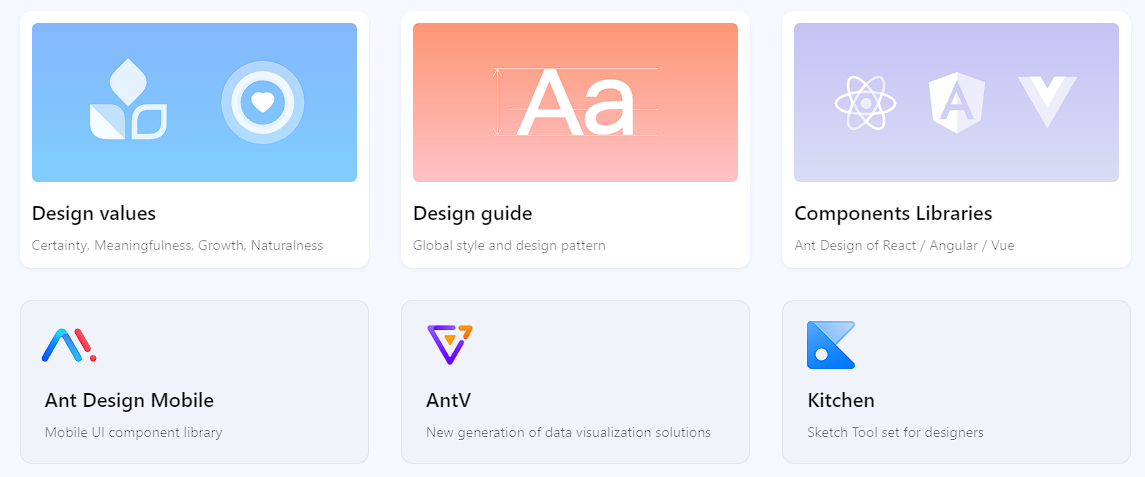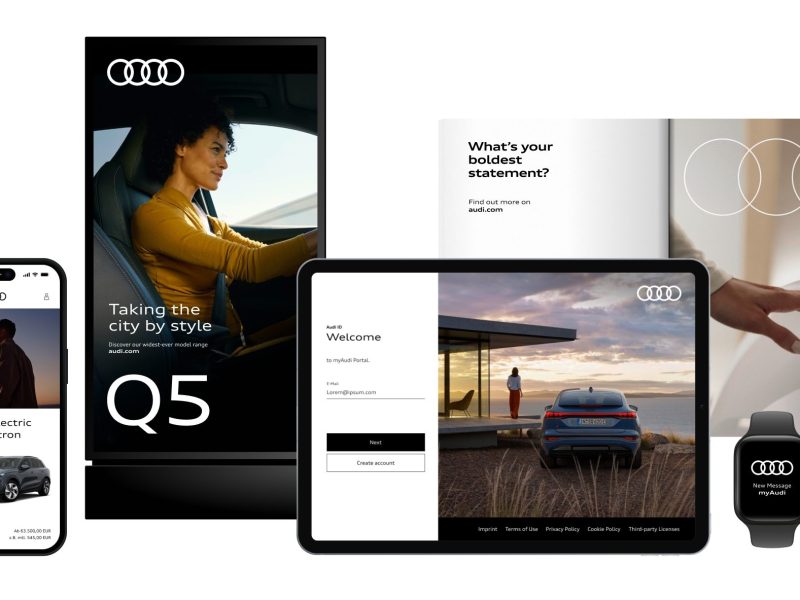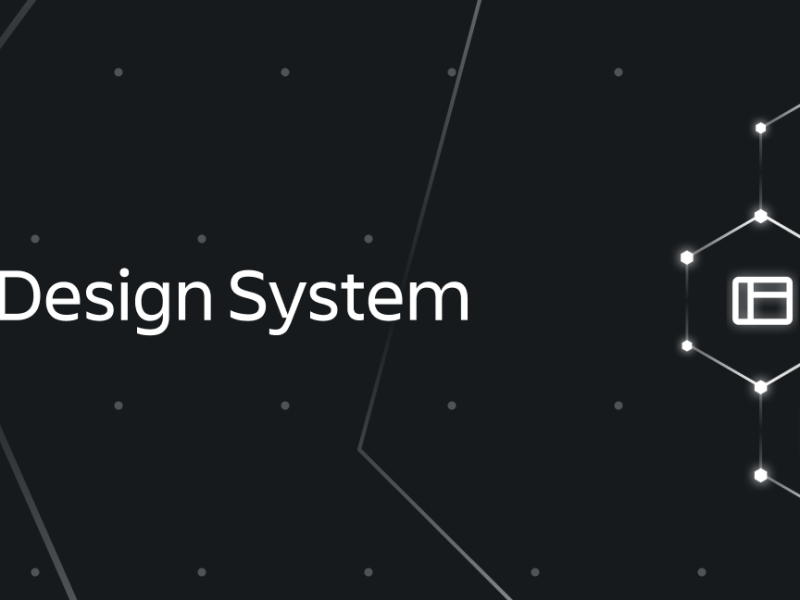Ant Design A Comprehensive Guide
In the fast-paced digital landscape, creating user-centered designs that are consistent, cohesive, and visually appealing is a significant challenge.
Ant Design, is a robust design system developed by Ant Financial, a subsidiary of the Alibaba Group. The design system has rapidly gained traction among designers and developers for its ability to simplify the design process while ensuring superior user experiences.
This post will delve into the intricacies of Ant Design, its principles, components, strengths, weaknesses, opportunities, and threats, while also exploring best practices to maximize its potential.
What is Ant Design?
Is a comprehensive design system that provides a set of principles, guidelines, and tools to create user-centered designs. Initially crafted to meet the demands of Ant Financial’s expansive suite of products, the Design System has evolved into a cornerstone of design excellence, ensuring consistency and cohesion across all interfaces.
Key components include:
- Ant Design Language System: A repository of design tools, templates, and resources such as color palettes, typography, iconography, and layout grids.
- Design Patterns: Proven solutions to common design challenges that act as a starting point for new projects.
The Design System embodies a philosophy that prioritizes user-friendliness, accessibility, and innovation, making it a go-to choice for scalable and consistent design.
Key Principles
- User-Friendliness Ant Design focuses on crafting intuitive interfaces by adopting minimalistic designs that highlight essential information and eliminate unnecessary elements.
- Consistency By employing a unified set of design elements, styles, and patterns, the design System ensures a seamless and cohesive experience across various platforms.
- Innovation Encouraging experimentation and adoption of the latest design trends and technologies, Ant Design fosters the creation of cutting-edge designs.
- Accessibility The design system emphasizes creating interfaces accessible to individuals with diverse abilities, adhering to best practices and guidelines for inclusivity.
- Inclusion Ant Design’s commitment to inclusivity ensures that designs cater to diverse demographics, considering factors like age, gender, culture, and physical abilities.
- User-Centeredness Rooted in user-centered design principles, Ant Design leverages user research, testing, and feedback to deliver interfaces that meet users’ specific needs.
The Ant Design Language System
The Ant Design Language System serves as a comprehensive toolkit for designers, offering:
- Color Palettes: Predefined color schemes that maintain visual harmony.
- Typography: Readable and aesthetically pleasing font choices.
- Iconography: A vast library of intuitive and scalable icons.
- Layout Grids: Structured layouts to streamline interface design.
These components are further augmented by design patterns—tried-and-tested solutions to recurring design problems—which provide a robust foundation for efficient and effective design.
SWOT Analysis
Strengths:
- Consistency: Unified design guidelines ensure a cohesive experience across all products.
- User-Centered Approach: Interfaces are tailored to meet user needs, ensuring intuitiveness and functionality.
- Innovative Framework: Designers are encouraged to adopt new technologies and trends.
Weaknesses:
- Inflexibility: Strict adherence to guidelines may hinder creative freedom.
- Limited Adoption: Uneven implementation across teams may lead to inconsistency.
- Narrow Focus: Primarily centered on user-centered designs, neglecting aspects like branding and marketing.
Opportunities:
- Enhanced Customer Experience: Wider adoption can lead to more consistent and user-friendly designs.
- Broader Applications: Expansion into branding and marketing can increase the system’s impact.
- Increased Market Share: Wider recognition and adoption beyond Alibaba Group’s ecosystem.
Threats:
- Competition: Rival design systems from other tech giants.
- Evolving Trends: The need to adapt to rapidly changing design trends.
- Internal Resistance: Teams reluctant to adopt Ant Design could undermine its effectiveness.
Best Practices
- Start with the User Conduct user research and testing to understand the needs and preferences of the target audience. This approach ensures that designs are intuitive and goal-oriented.
- Prioritize Simplicity Adopt clean, minimalistic layouts that focus on functionality and essential information, avoiding clutter.
- Ensure Consistency Utilize the predefined components, styles, and patterns in Ant Design to create a cohesive user experience across all interfaces.
- Design for Accessibility Incorporate accessibility features such as keyboard navigation, screen reader compatibility, and color contrast compliance.
- Embrace Inclusivity Consider the diverse needs of users, ensuring designs resonate across demographics and cultural contexts.
- Leverage Ant Design Resources Use the comprehensive library of tools and templates available in the Ant Design Language System to streamline the design process.
Real-World Applications
Ant Design is extensively used across Alibaba Group’s ecosystem, including applications like:
- Alipay: Offering a consistent and user-friendly payment interface.
- DingTalk: A unified design for business communication and collaboration.
- E-Commerce Platforms: Enhanced shopping experiences through cohesive and visually appealing designs.
Outside Alibaba, Ant Design has also been adopted by various organizations worldwide to create enterprise-grade applications.
Conclusion
Ant Design’s emphasis on user-friendliness, consistency, and innovation makes it a formidable tool in the realm of design systems. By adhering to its principles and leveraging its robust toolkit, designers can create intuitive, cohesive, and visually appealing user experiences.
As Ant Design continues to evolve, its potential for broader adoption and application across industries remains vast. Whether you’re a designer, developer, or product manager, understanding and implementing Ant Design can significantly enhance the quality and consistency of your projects.
For further information, visit:
Embrace Ant Design, and take your user experience to the next level!


